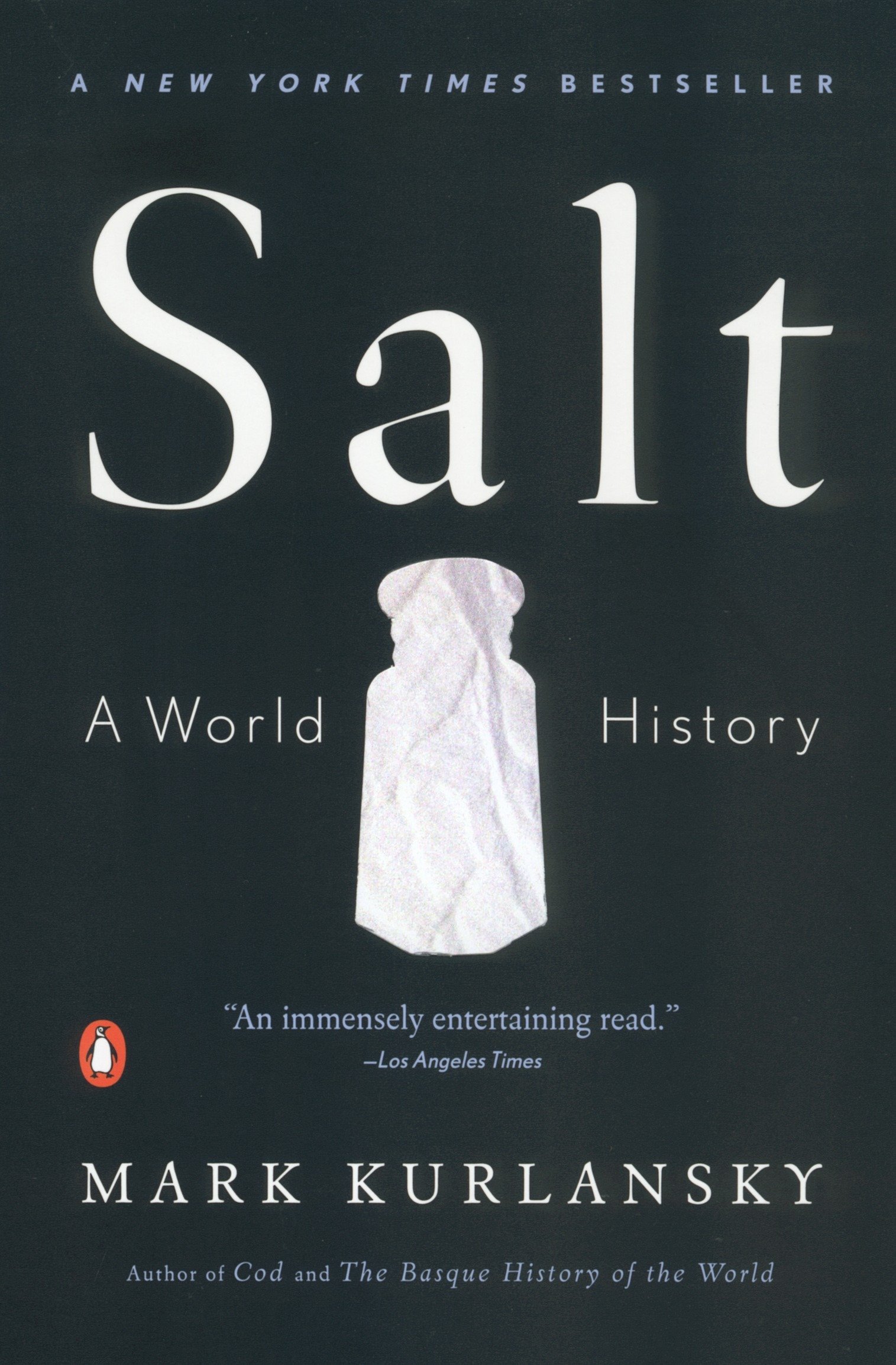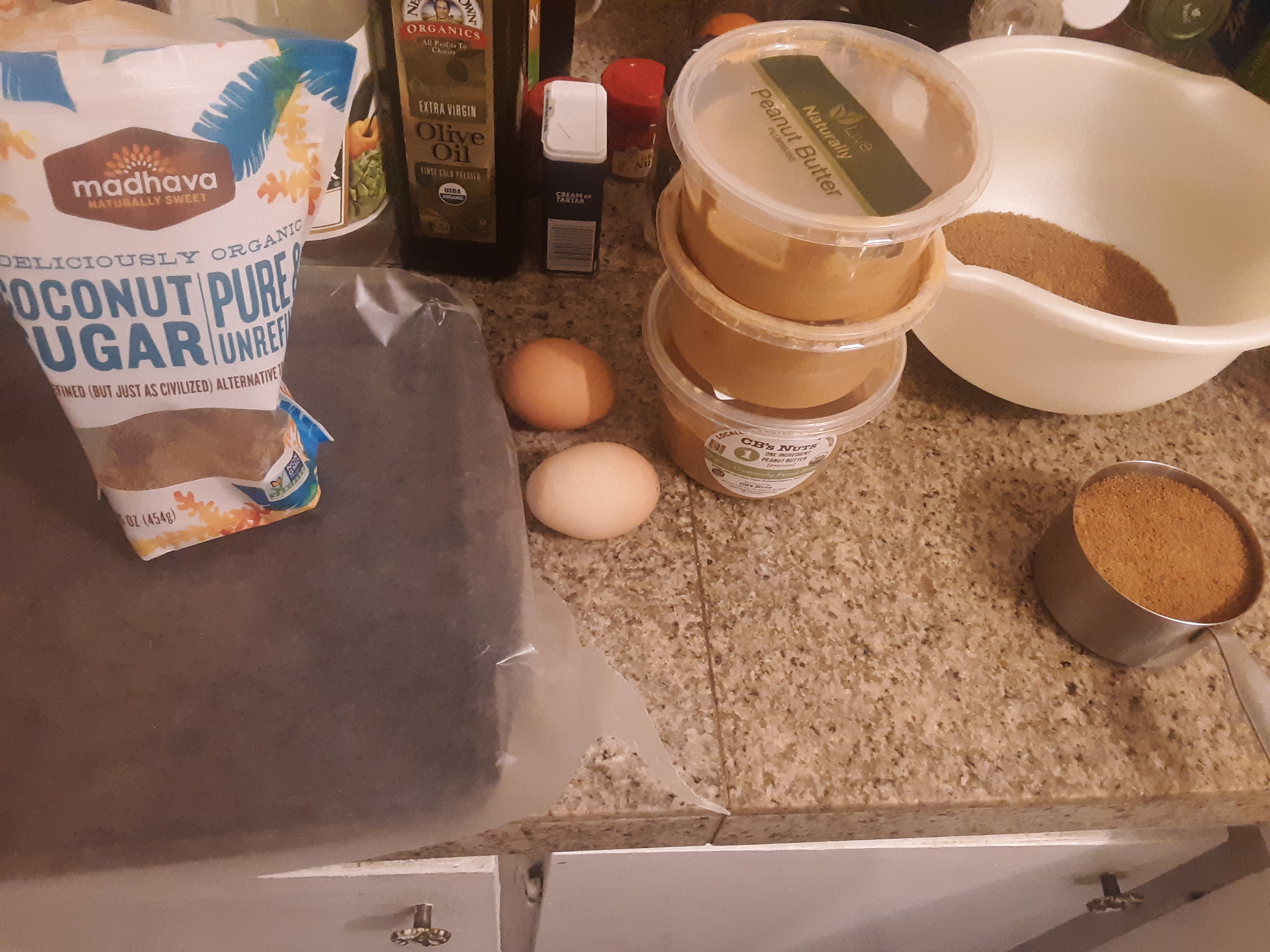What is food stability?
Pioneer herbal provides a picture that gives a simple example of free water and water binding to other foods. Water is a major component of most foods, influences texture, taste, appearance, and spoilage of food products. This brings us to the topic of food stability – also called shelf life – which is the life expectancy of a food or product that we consume every day. For example, there is more free water in fruit like an apple than a jam. This is due to sugar binding to the water in the jelly vs. free water in the fruit. Despite the difference, both have high water content. Another good binder to water is pectin and glycerol. Keep in mind, salt is 6 times better binder to water than sugar. Also, the more free water available, the more microbial growth occurs in the product or food.
Continue reading →


